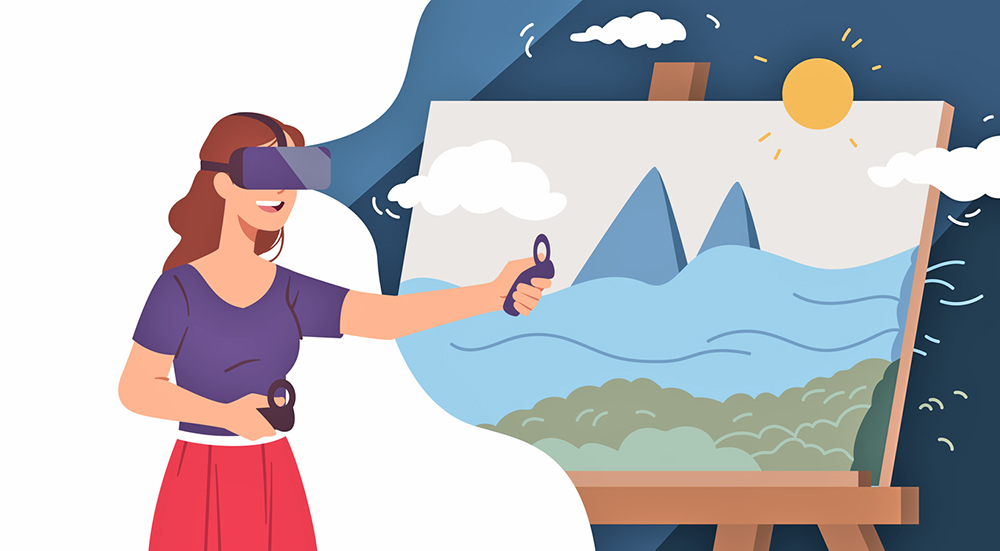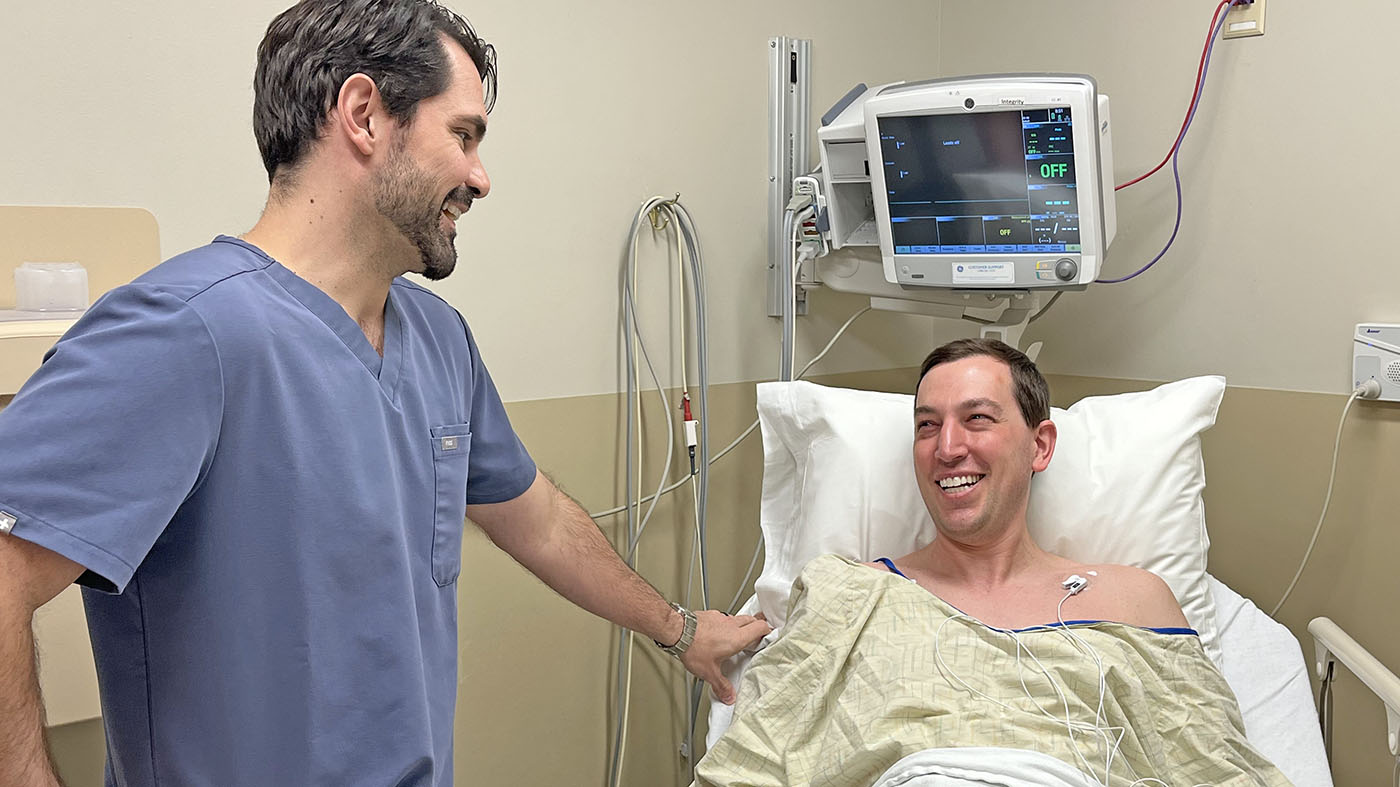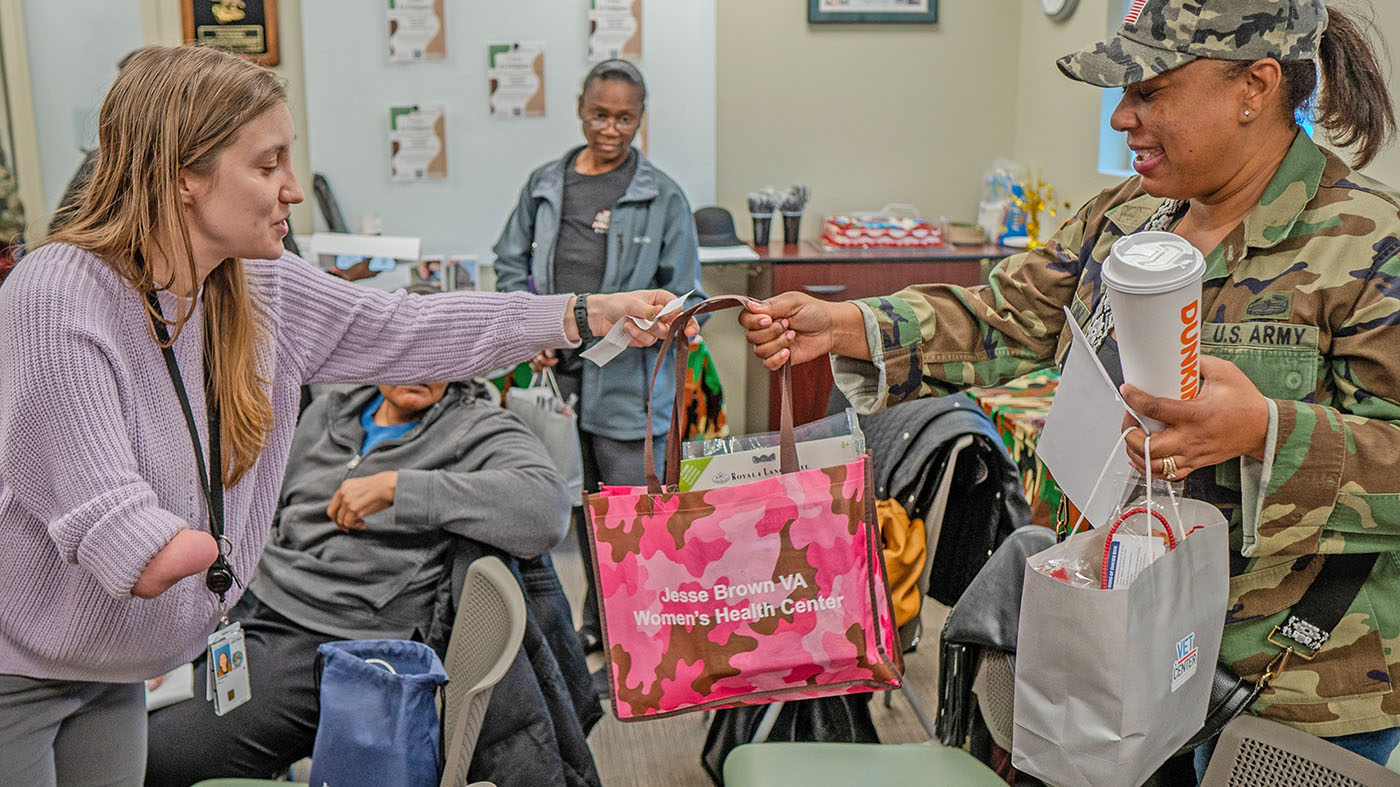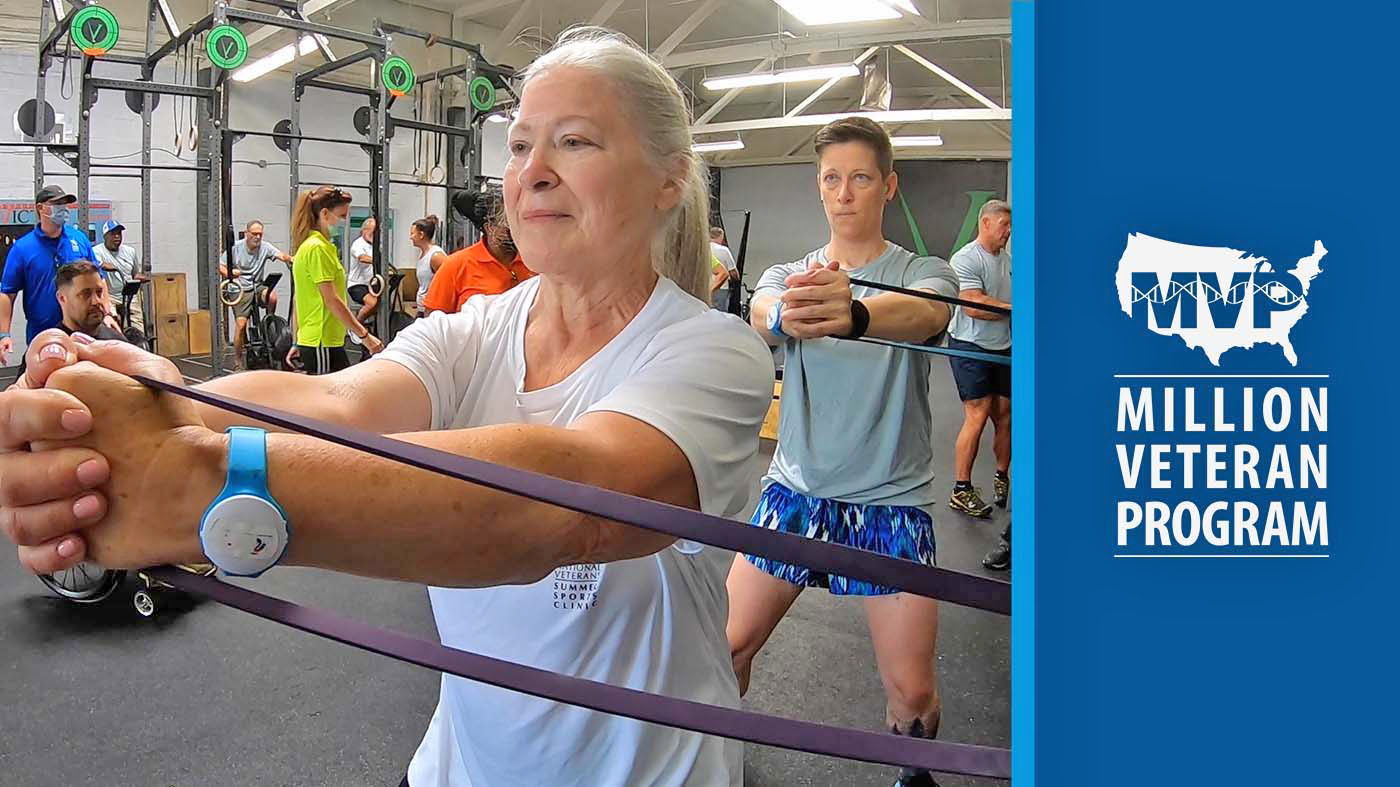Creative arts therapies—such as art, dance, drama and music—offer distinct opportunities for the self-expression of a person’s emotions, physical abilities and self-identity.
For VA, creative arts therapies provide individualized and personalized opportunities for Veterans’ reintegration, adaptation, improved coping and general wellness.
To continue to address Veteran-specific needs, VHA Innovation Ecosystem (VHA IE) collaborated with VHA’s Creative Arts Therapy Program. Together, they delivered WayaHealth’s Virtual Reality (VR) Creative Arts platform to 56 different VA medical centers (VAMCs) across the country.
This platform allows Veterans to participate, individually or in groups, in a variety of virtual experiences. Available experiences include meditation, gardening, music therapy, sculpting, mindfulness and museums.
Creative arts therapies
Research supports the effectiveness of creative arts therapies interventions in many areas, including facilitation of movement and overall physical rehabilitation. Therapies further increase patients’ engagement in treatment, provide emotional support for Veterans and their families, and create an outlet for emotional expression.
Virtual reality (VR) applications offer the latest advancements to Veterans, while improving engagement, adherence, and self-management. With technology being such an intimate part of many Veterans’ lives, virtual reality can bring more capabilities to already effective programs like creative arts therapy.
Veteran impact potential is endless
“The potential for immersive technology, specifically VR, to positively impact the lives of our staff and Veterans is endless,” said Anne Lord Bailey, director of Clinical Tech Innovation and the immersive technology lead for Office of Healthcare Innovation and Learning. “From helping address pain to empowering rehabilitation, we are seeing Veterans engage in their care in powerful ways. Creative arts therapy VR has been no exception.”
Boredom can increase perception of pain
At VA Hudson Valley Health Care System, one of the sites that received VR devices through this creative arts therapy initiative, Veterans are already feeling the impact. According to Vincent Bonadies, chief of Recreational Therapy, VR has helped reduce self-reported pain levels.
“Studies show a high relationship between boredom and pain, the more you feel bored, the more one’s perception of pain can increase,” Bonadies said. A Veteran using VR therapy reported lower levels of boredom, and thus, lower levels of pain. “These activities can be re-introduced and adapted to give the resident a similar experience he once had when living in the community.”
VR is a sub-category of extended reality (XR). Interested in implementing XR technology in your VA or getting involved with the VHA XR Network? Email VHAXRNetwork@va.gov to learn more.
Topics in this story
More Stories
Navy Veteran and president of the American Medical Association got a colonoscopy and encourages other Veterans to do the same.
Chicago Vet Center and VA gave women Veterans information on VA services available to them.
MVP’s research informs personalized care for Veterans, supporting whole health and beyond.






